Everything you need to know about using salt in your cooking
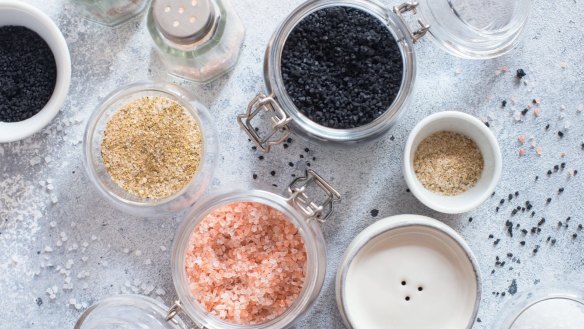
Chef and cookbook author Danielle Alvarez teaches us how correct seasoning can transform the food we eat.
After solving the perpetual question of what to cook for dinner, deciding how and when to salt to your dish is the single greatest factor in determining how it will taste.
Waiting to season your food until it is fully cooked is often not the way to go. This could result in something that tastes both bland and salty. Choosing the right time to salt means you can usually add less of it while still producing flavourful and delicious food.
With almost 15 years of training as a chef, including four at the legendary Chez Panisse in Berkeley, California, I am going to do my best to provide straightforward answers to the complex questions of how much and when to add salt.
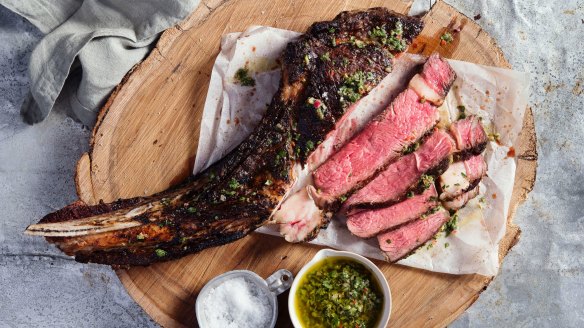
Salt school
I learned my most important lessons in salting at Chez Panisse. We used to serve fabulous grilled quails, so fabulous that we overlooked the fact that the farmer who grew them was hopeless with logistics. The quails would often turn up late, on a different day than expected, or on one occasion, not at all.
Plan B involved serving the pork loins that were due to be on the menu the next day. Pork loins were meant to always be salted one day in advance, but sometimes we had no choice but to quickly season them even though it was only hours until service.
Diners at the early sittings were fed loins that had only three hours of seasoning, but by the last sittings the loins had been seasoned for eight hours. The difference in flavour was astonishing. The ones with the extended seasoning were more tender, juicy and actually sweeter, with a more caramelised exterior than the ones with just a few hours of salting. From that moment on, I paid much more attention to when I seasoned food.
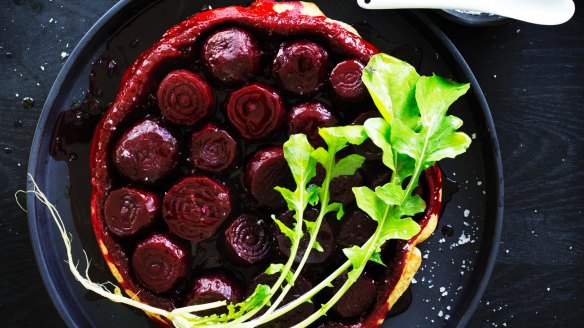
The nub of it
In short, meats (especially big cuts such as thick steaks, shoulders of lamb and whole chickens) love to be seasoned a day or two before you are going to cook them. Simply remove your meat from its packet when you get it home and liberally sprinkle it with salt, cover and leave in the fridge until you are ready to use it.
Fish and vegetables, which are more delicate, need only a few minutes of seasoning before cooking. Fish seasoned too far in advance develops a tough exterior and therefore 10-15 minutes will do the trick.
In the case of vegetables, I always salt large pots of water where they will be used especially for dense vegetables such as green beans, broccoli or carrots. "Make it salty, like the ocean," I say to my chefs.
I don't shock vegetables in ice water after cooking because I feel this rinses off the seasoning (peas and broad beans are exceptions – they wrinkle up if you don't put them in iced water.). Instead simply spread vegies out on large trays to cool quickly after cooking.
Chemistry 101
A quick chemistry lesson, if I may. Salt, or sodium chloride, seasons our food in two ways: it pulls water from the things it's on in an attempt to equalise minerality (more on that later) and, if we are talking about meat, it breaks down proteins, which both tenderises the flesh and releases aromas so taste sensations are heightened.
It also works as a preservative to create inhospitable environments for bacteria, and makes bitter foods and drinks taste less bitter.
If you salt large cuts of meats for a long time, the process of osmosis means the minerals (salt) on the outside will try to equalise with the minerals in the inside so the seasoning actually penetrates the meat. Leaving salt on large cuts of meat for longer allows the salt to permeate all the way through.
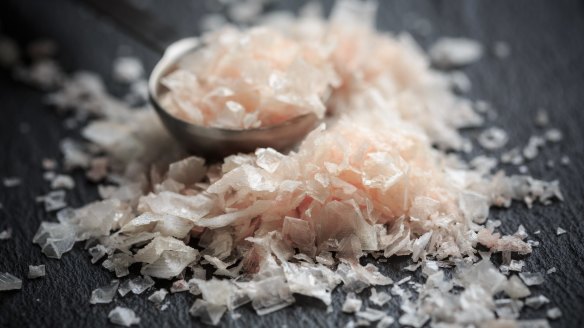
What type?
The type of salt you use is just as important as when you use it. You've probably seen all kinds of salts at the supermarket and wondered, "Does it make a difference which one I use?" I'm here to say, yes it does.
My preference is always sea salt. It's the most natural, with the cleanest flavour. There are different types of sea salt, including Maldon salt from England, French Fleur de Sel, Australian Murray River pink salt, and fine sea salt.
The more rough-textured sea salts, such as Murray River and Maldon, are made in labour-intensive ways that use the sun to naturally and slowly evaporate the water, leaving behind pyramid-like crystals that, when crunched up, create a flaky texture we chefs love.
The harvesting method also makes them more expensive, so I tend to reserve this salt for finishing food or for something to be roasted. Have you ever sprinkled a pinch of flaky salt on a chocolate chip cookie just before baking? Try it. You won't regret it.
Fine sea salt is simply sea water that has been boiled rapidly to evaporate the water and produce uniform cube-shaped crystals. This is the salt I dissolve in pots of water where I will blanch or boil vegetables or grains or pasta, add to a brine, or use in baking, as it is much cheaper and can be used in greater abundance.
Table salt is most commonly found in homes. It has additives such as anti-caking agents (because salt wants to absorb moisture) and sometimes iodine. I prefer to get my recommended amount of iodine from a plate of Sydney rock oysters.
The story of why iodine was introduced to table salt is interesting, though. Iodine is a mineral necessary for proper thyroid function. In the early 1920s, diets were not as diverse as they are now and many people were developing enlarged thyroid as a result. The American government made the decision to begin fortifying salt with iodine to help eliminate this disease (goiter), a practice that was adopted around the world. These days, we tend to get enough iodine from seafood and dairy but if those items are not a part of your diet, you may want to consider using iodised salt.
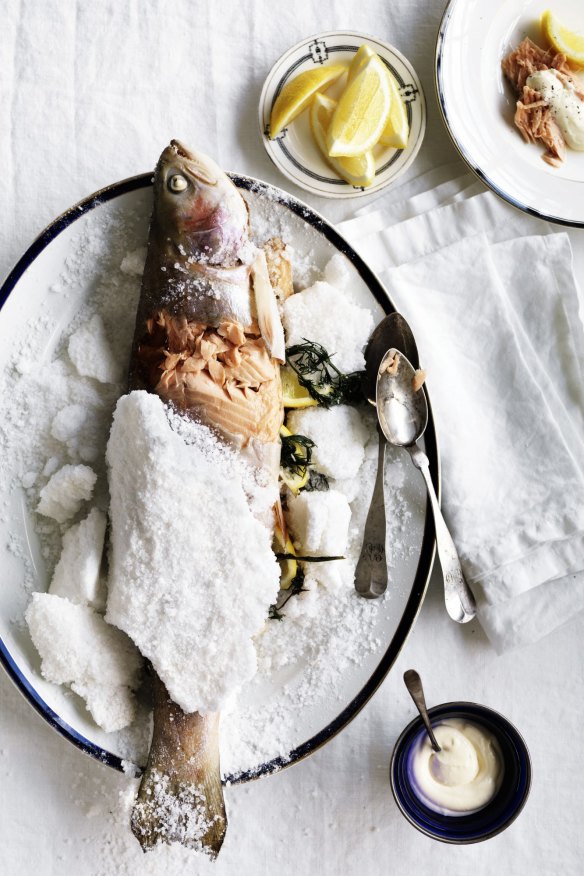
Finally, there is rock salt, which formed hundreds of thousands of years ago on ancient seabeds and is now mined from deposits buried deep underground. Himalayan pink salt can be crushed to a fine powder for use in cooking or can be left coarse.
Those small pebbles of salt make excellent dry heat conductors, which is why you will see chefs using them to roast vegetables with thick skins such as beetroot or even prawns in the shell. The coarse texture of the salt allows dry heat to move fully around whatever you are cooking, while holding it in place and absorbing any moisture that may spill out.
Interestingly, rock salt gets most of its flavour from surrounding minerals. When I worked at The French Laundry in the Napa Valley, diners were offered a selection of salts with their bread and unsalted butter. Some were completely black, from the Jurassic period, others were grey, harvested from oceanside caves, and some slightly pink, like Himalayan salt. They all tasted a bit different and were great conversation starters, but for everyday cooking you want something clean and simple, which is why I recommend sea salt.
How much salt?
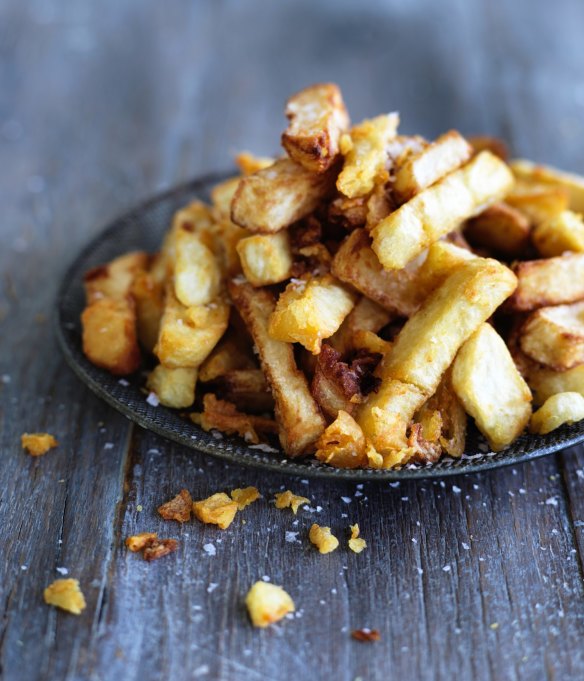
The BIG question! Technically, using 1 per cent of the total weight of something, like a piece of meat, in salt is a good rule of thumb. But who is going to weigh food every time they cook? Not me!
I like to grab about a tablespoon of sea salt in my hand and from up high (because this gives the most even distribution), sprinkle liberally until a thin layer of salt covers the meat.
Even if you cannot salt meat a day in advance, some time is better than no time. If you only have an hour or two, salt the meat and leave it out at room temperature as cold temperatures impede the salt from doing its thing.
Vive la difference
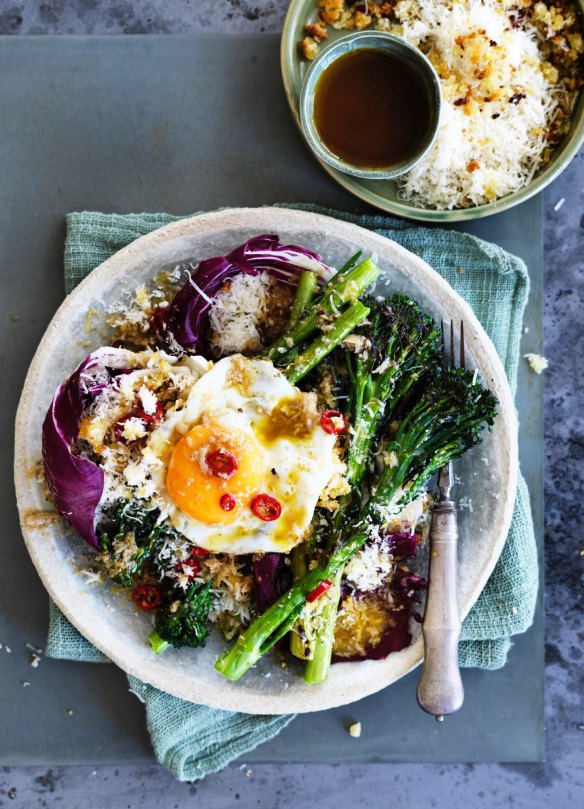
Salt can be found in many other forms as well, including soy sauce, parmesan cheese, seaweed, salted anchovies and miso paste. These can all be used to "season" a dish while also adding flavour.
Every culture uses some form of salt and it is interesting to see how this changes from one place to another. The one thing I and grandmothers around the world will tell you is the only way to know when the seasoning is right is by tasting at every step of the cooking process.
Salt will bring out all the flavours of the food you've lovingly prepared. But if you haven't stopped to think about how you will season things at the different stages, you will be left disappointed.
Do not fall into the trap of "if a little is good then a lot is better" because with salt this is not true. Too little leaves food tasting boring and dull and too much leaves food inedible. Proper seasoning will make food sing.
Good health
Consuming too much salt can lead to hypertension. The important thing to remember is that by seasoning at the right time you can get away with adding less salt.
You should also rest assured that cooking at home means you have more control of the amount of salt used, and I promise it will be less than what's in processed foods or the foods you eat at restaurants.
However, if you have health issues and a diet low in salt is prescribed, you should listen to your doctor and use a few drops of lemon juice in its place.
Continue this series
Catch up on all the recipes from Good Food Kitchen season 1Up next
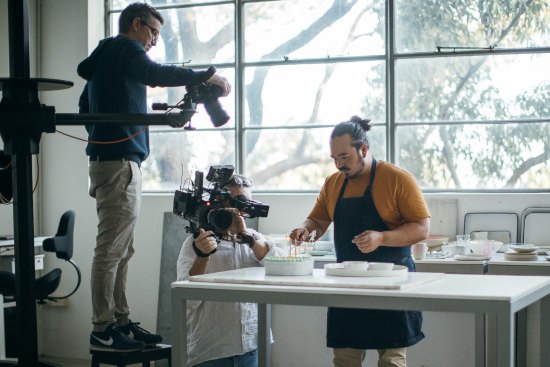
Top 5 food photography tips from finding angles to loose change
Good Food Kitchen's photographer William Meppem shares his top five tips.
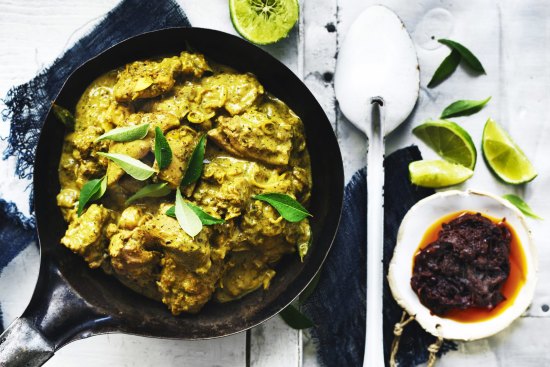
Top 5 food styling tips: How to make dishes look their absolute best
Good Food Kitchen's food stylist Hannah Meppem shares her top five tips.
Previous
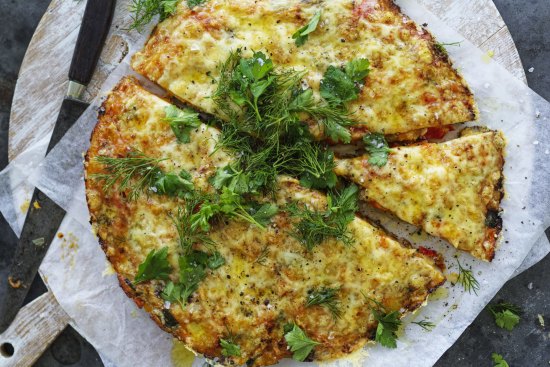
Adam Liaw's microwave hacks
It's not cheating, it's smart. Here are my top tips for cutting down your cooking time.
The best recipes from Australia's leading chefs straight to your inbox.
Sign up